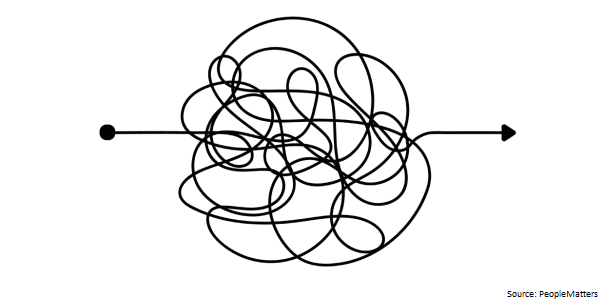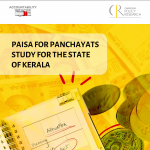
Parastatals and Understanding India’s Governance Executive
18 November 2021
During some of its training programmes, the Accountability Initiative team begins classes by explaining the structure of India’s governments – the executive facet of it – as distinguished from the legislature and the judiciary, with a table and appropriate visuals.
The Executive, we say, comprises the political executive (such as the Cabinet, the Prime Minister, chief ministers and other ministers) and the ‘permanent’ executive or the bureaucracy. We then deconstruct the bureaucracy into various sections, such as the secretariats, the field offices, parastatals, PSUs, think tanks, regulators, quasi-judicial bodies.
Within each category we further sub-divide them into groups. For instance, parastatals in India can be statutory corporations, companies registered under the Companies Act or registered societies. Regulatory bodies can be temporary or permanent, or statutory (like the Electricity Regulatory Authorities) or Constitutional (such as the Election Commission).
However, even as we explain our visuals, one can sense that our students struggle with understanding how the government executive is structured and run. We can give all the examples possible during a two-hour lecture session, but doubts remain. Sometimes, the question asked by our students stump us too. What is the RBI, they ask. Is it a statutory regulator, or a parastatal? We falter in our answers.
Government is complex.
The government is perfectly comfortable with its complexity. They do not feel duty-bound to explain to anybody how they run their systems. Indeed, they like and revel in their complexity. It protects them from being overwhelmed by demands for accountability. The more complex the government structure, the easier it is to blame someone else for what goes wrong. When a city corporation officer says that he cannot do anything about potholed roads because road repairs are being done by the Smart City Private Limited – a Johnny Come Lately in the urban governance space – it is not a lament, it is an exultation. ‘You cannot hold me responsible, so there,’ that is what the officer is saying to you!
Yet, this fuzzy structure, where a number of differently configured bodies straddle varied responsibilities and elbow and jostle for space, can be counterproductive to the government itself. Government officers will never admit it, but they too have a hard time making out who is answerable to whom. The complexity is so chronic, that even the progenitors of the system cannot understand it.
How government complexity comes back to bite those who defend it, happens, sadly, after retirement. Many officers have served in several departments and parastatals. Their life’s journey is captured in a ‘Service Register’, which records vital details such as period of service, salary structure. If this Service Register is lost, which is not an uncommon event, then one’s pension cannot be settled. Thus, the foundation is laid for one’s post-retirement entertainment, which is to ensure that one gets the pension to which one is justified.
However, these stories mean nothing to a classroom full of young ladies and gentlemen who wish to know how the government functions. So we resort to examples, and resign ourselves to answering tricky questions asked of us.
While one may overcome the inconveniences of teaching a drab description of how the government executive is structured, the question that remains unasked is whether the executive needs to have so many layers and structures? While the difference between a policy-determining secretariat and a policy-executing field department is easily understood, it is more difficult to understand the need for so many boards, corporations and authorities to run the executive. It is here that one needs to constantly review the need for such bodies, as governance priorities change.
Government officers will never admit it, but they too have a hard time making out who is answerable to whom.
Yet, it is easier said than done to shut down government parastatals when they have outlived their agenda. Many parastatals recruit staff for a full 30+ year span, even though they may only have a time frame of a decade or more to fulfil their agenda. To some extent, new age parastatals are peopled by consultants who could be discharged from service, if the parastatal closes down. However, many staff perceive their appointment to be permanent, and they bring pressure to be absorbed and accommodated elsewhere in the government.
Parastatals are thus often continued beyond their useful life.
Those who get absorbed heave a sigh of relief, only to waken up at retirement to realise that their service books are lost and, therefore, their pensions cannot be settled fully, taking into account their entire service in the government.
We cannot teach all that in a classroom. Considering we too barely understand what’s going on.
T.R. Raghunandan is an Advisor at Accountability Initiative.
Also Read More About: The Understanding State Capabilities learning programme





